Mid-air collision is the most terrifying aviation disaster due to its severe nature. We’ll explore the ten most famous mid-air collisions that played a significant role in improving aviation.
1922: Picardie Mid-Air Collision
On April 7th, 1922, a tragic event took place in the skies above Picardie, France. It involved two civil bi-planes one was French and the other one was British, they both collided about 110 kilometers north to Paris, due to foggy weather conditions. One plane was en route from Paris to London carrying 3 passengers and the other one was going from London to Paris carrying only mail. All the seven people aboard both planes lost their lives in this accident.

This accident is known as the first mid-air collision that occurred between two civilian planes and highlights the importance of safety considerations during adverse weather conditions. This accident was a turning point in aviation history as after the accident an important meeting was held at Croydon Airport and in that meeting, experts established certain Air traffic rules that were crucial for aviation safety including flying on specifically defined routes, installing radio equipment for communication and defining international air routes between countries like France, Belgium, Netherlands, and UK.
1956: UA flight 718/TWA Flight 2
On June 30th, 1956, a mid-air collision took place over Grand Canyon involving United Airlines Flight 718 and Trans World Airline flight 2. The collision resulted into total 128 fatalities that brought significant changes to the aviation industry. Focusing primaliy on aviation safety as it was the first aviation accident causing more than 100 deaths. Both the airplanes departed from the same Los Angeles International airport and were flying to different destinations. Due to thunderstorm the Trans World Airline’s captain requested to fly above the clouds and the permission was granted by the ATC. Both planes were flying in an uncontrolled airspace under VFR but unfortunately, they both ended up climbing to the same altitude which led to the collision.

This crash highlighted that there exists a need for better Air Traffic Control systems and investigations revealed challenges in visibility and cockpit view, along with certain limitations in the Air traffic control infrastructure. After this accident, many funds were granted for the improvement of these systems.
1958: UA Flight 736 / United States Air Force Fighter Jet
Another mid-air collision that holds great importance in aviation history is between United Airlines Flight 736 and the US Airforce plane that took place on April 21st, 1958. In this accident 49 people lost their lives including civilians as well as military personnel. This event brought important changes in the aviation industry as new rules were formed to prevent similar groups from traveling together in order to enhance national security.

Investigations revealed that the accident occurred due to limited cockpit resources and failure of the authorities in preventing the collision. As a result of this accident, two major agencies were established including the Federal Aviation Authority (FAA) and National Transportation Safety Board (NTSB), introducing Radar tracking and updating the safety protocols that made flying safer for everyone around the globe and ensuring the prevention of such accidents in the future.
1960: New York Mid-Air Collision
The mid-air collision between United Airlines Flight 826 and Trans World Airlines Flight 266 above New York city was another tragic accident that took away lives of 128 people which includes 6 deaths on ground also. This accident was known as the deadliest accident for United Airlines at that time and it raised major concerns related to aviation safety.
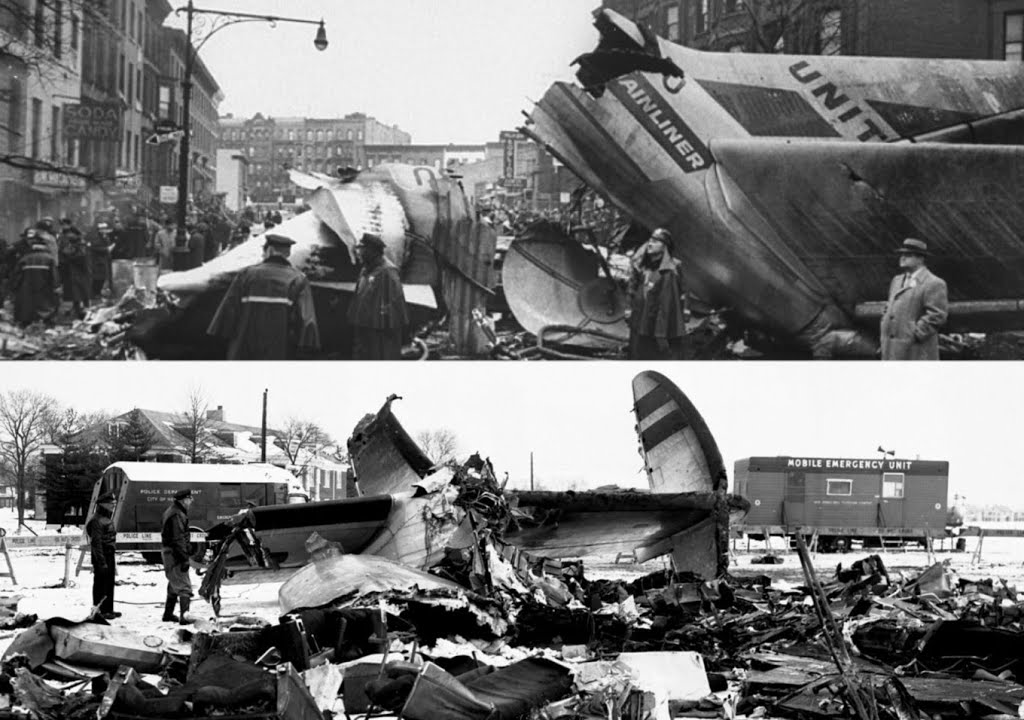
The investigations found that the DC-8 had a malfunctioning VOR receiver, that contributed to the accident. As a result of this accident FAA made certain regulations to prevent such accidents in future, the regulations included the requirement for pilots to report any malfunction in the communication or navigation equipment, also the reduction of speed limit to 250 knots near airports to enhance safety.
1973: Nantes Mid-Air Collision
On 5th March 1973, another tragedy happened when Iberia Flight 504 and Spantax Flight 400 collided in mid-air over Nantes, France, as a result of miscommunication and unauthorized maneuvers. French air traffic controllers were on a strike so they were replaced by the military which confused flight routes. The Spantax aircraft initiated an unauthorized maneuver to delay its arrival and collided with the Iberia flight that resulted in the death of 68 passengers of Iberia flight and the Spantax aircraft managed to make an emergency landing. As a result of this incident many airlines boycotted France’s airspace emphasizing to improve aviation practices in order to avoid any further accidents like this.
1976: Zagreb Mid-air Collision
On 10th September 1976, the deadliest mid-air collision of the time took place between British Airways Flight 476 and Inex-Adria Aviopromet Flight 550 near Zagreb, Croatia, that killed 176 people and was the only British airlines accident that resulted in the loss of lives. The reason behind the accident was a procedural error from the Air traffic controller’s side as they failed to properly coordinate the altitudes of both planes.

The collision emphasized the importance of following flight operation procedures and regulations. After this accident important changes in aviation protocols and training were made to enhance safety and to spread awareness about the importance of following proper flight operating procedures so that future accidents like these could be prevented.
1978: Pacific Southwest Airlines Flight 182
On September 25th, 1978, another tragic event shook the skies as the Pacific Southwest Airlines Flight 182 collided with a small Cessna over San Diego, California. The PSA flight was in the descending phase and the pilots didn’t maintain proper distance from the Cessna as they mistook it for another plane resulting in collision with the Cessna causing both airplanes to crash. All the 135 passengers on the PSA flight lost their lives along with two pilots of the Cessna.
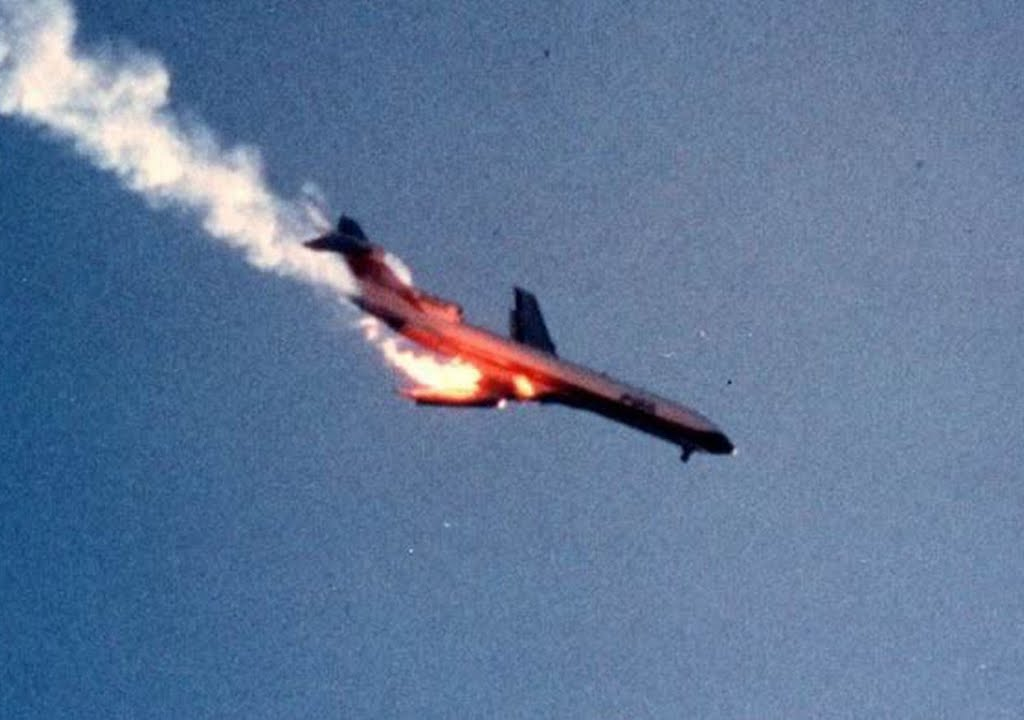
Not only them but also seven more people on ground died due to the falling debris, along with it many homes and buildings were damaged. This event is known as the deadliest air disaster in California history as it caused a total of 144 fatalities. This accident made significant changes in the aviation regulations as it implemented Terminal Radar Service Area, Class B airspace was formed, and Traffic Collision Avoidance systems (TCAS) were introduced in commercial aircrafts.
1996: Charkhi Dadri Mid-Air collision
Charkhi Dadri Mid-air collision over the city of Charkhi Dadri, about 100 kilometers west of Delhi is marked as the world’s deadliest mid-air disaster, as the collision between Saudi Arabian Airlines flight 763 and Kazakhstan Airlines flight 1907 took away the lives of all 349 people on board. This accident emphasizes the importance of communication in aviation as the investigations revealed that the Kazakhstan airlines pilot faced difficulty in understanding the English instructions from the ATC along with it there were turbulent weather conditions and the major cause behind the accident was communication failures.

To avoid such accidents in the future the officials of New Delhi made some improvements such as designating special paths for incoming and outgoing flights, reducing the airspace for the Indian Airforce, and making it mandatory for all commercial airplanes flying in the Indian airspace to have collision avoidance equipment installed, installation of secondary air traffic control radars for the data of aircraft altitude.
2002: Uberlingen Mid-Air Collision
The collision between Bashkirian Airlines Flight 2937 and a DHL International Aviation ME Flight 611 on 1st July 2002 over Uberlingen, resulted in total 71 fatalities. The terrible accident was caused due to multiple factors, firstly the Swiss Air traffic Control service named as Skyguide, was responsible for managing the airspace and had only one controller on duty, contrary to the regulation. Secondly, the ground-based collision warning system was switched off due to maintenance work. Additionally, when the controller noticed that the planes were on collision course, he gave conflicting instructions to both the crews and confusion arose when the Traffic Collision Avoidance System (TCAS) gave conflicting instructions and the confusion eventually led to the collision.

This event clearly highlights the importance of clear communication between the pilot and controller. After this accident amendments were made to the regulations for prioritizing TCAS instructions over ATC directions. Skyguide company introduced a plan for enhancing safety known as SAFIR, hired more staff, and provided proper training.
2006: Gol Transportes Aéreos Flight 1907
On September 29, 2006, over the Brazilian state of Mato Grosso, Gol Transportes Aéreos Flight 1907 collided mid-air with a business jet Embraer Legacy 600, the Boeing 737 crashed into a dense forest resulting in the death of 154 people onboard, whereas the Legacy managed to land safely despite of serious damage with all its 7 occupants uninjured.
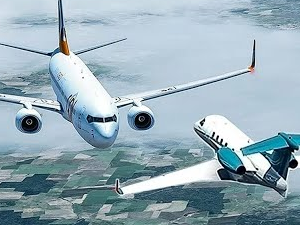
The investigations revealed that the accident occurred due to errors of air traffic controller, Legacy pilots and failure to activate the traffic collision avoidance system (TCAS). This accident put the Brazilian civil aviation into crisis and highlighted the issues regarding the air traffic control infrastructure, which led to many changes to avoid such accidents in future.
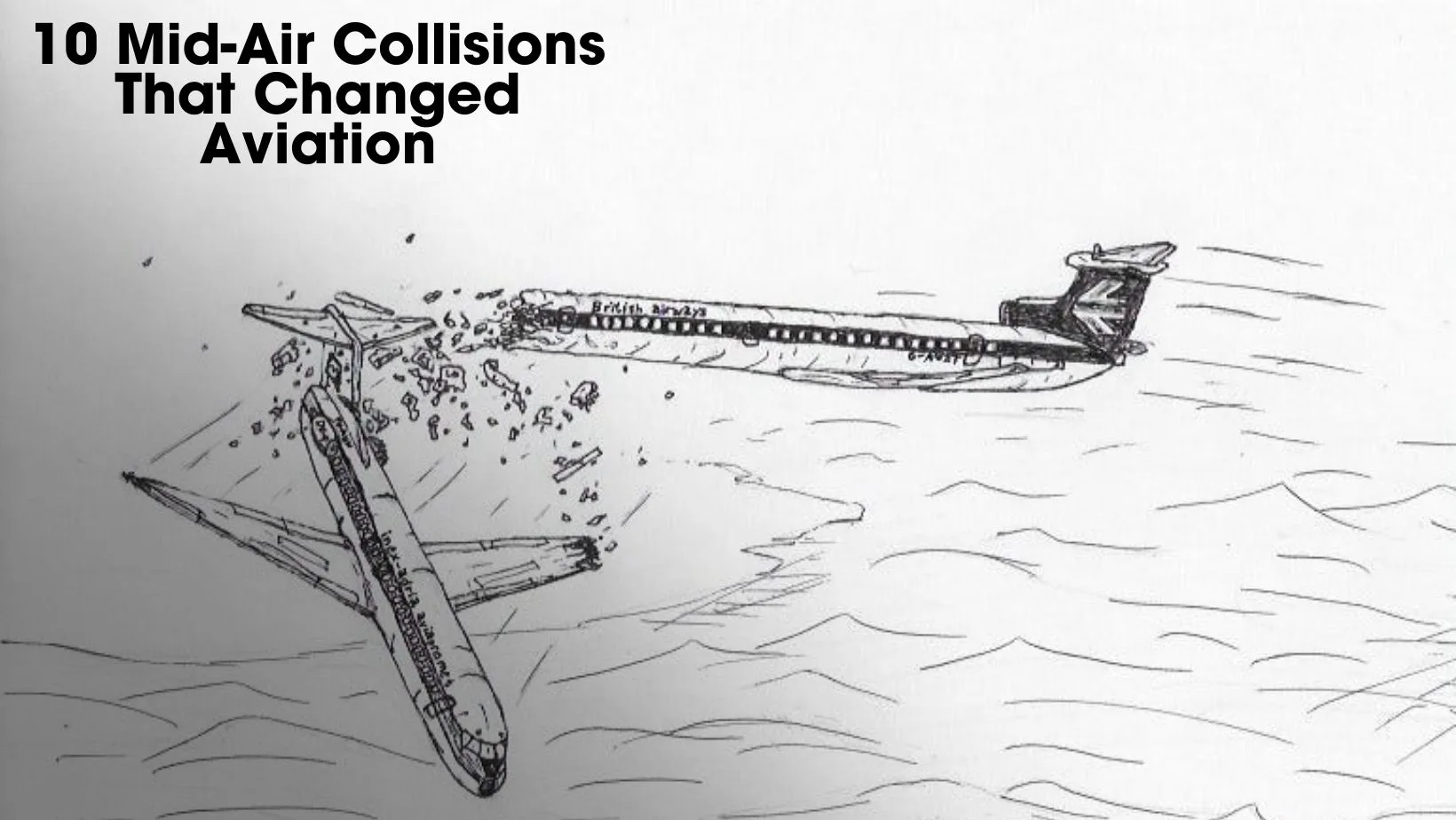
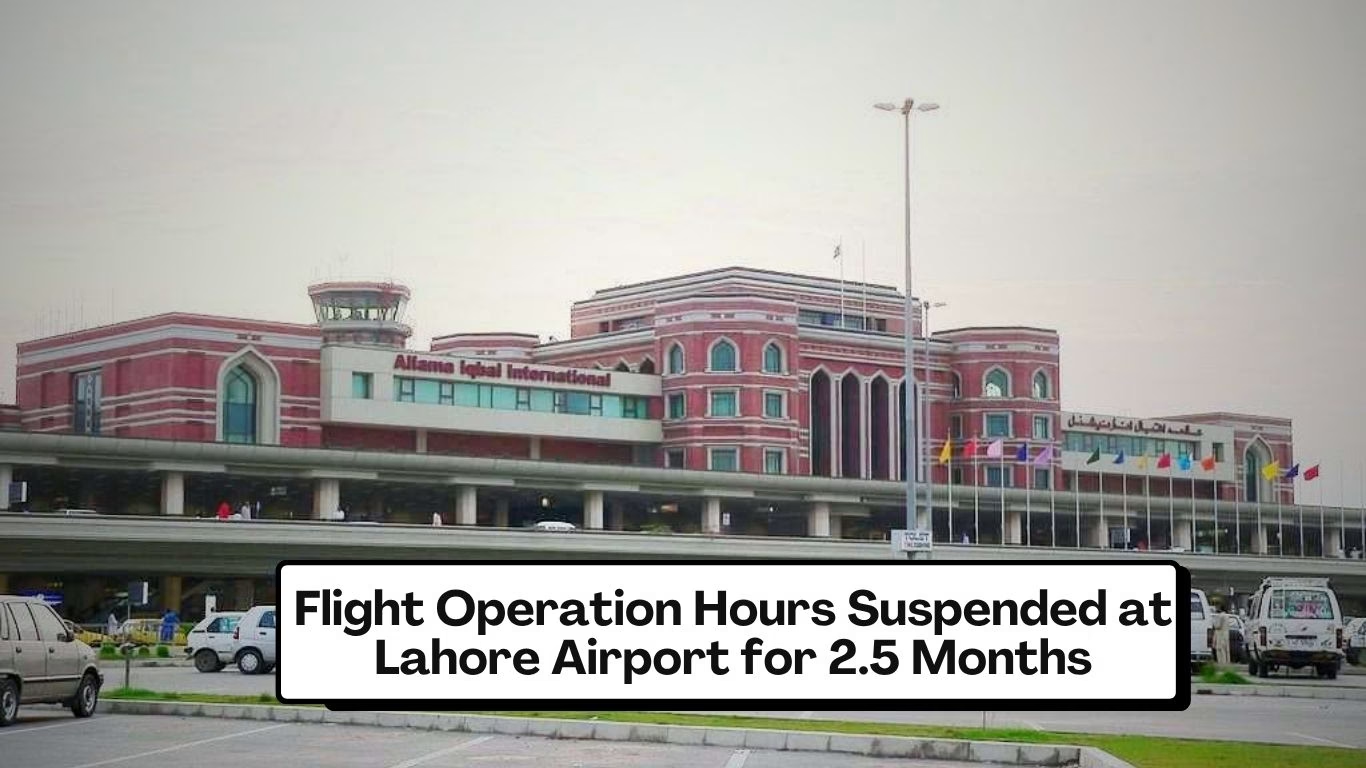
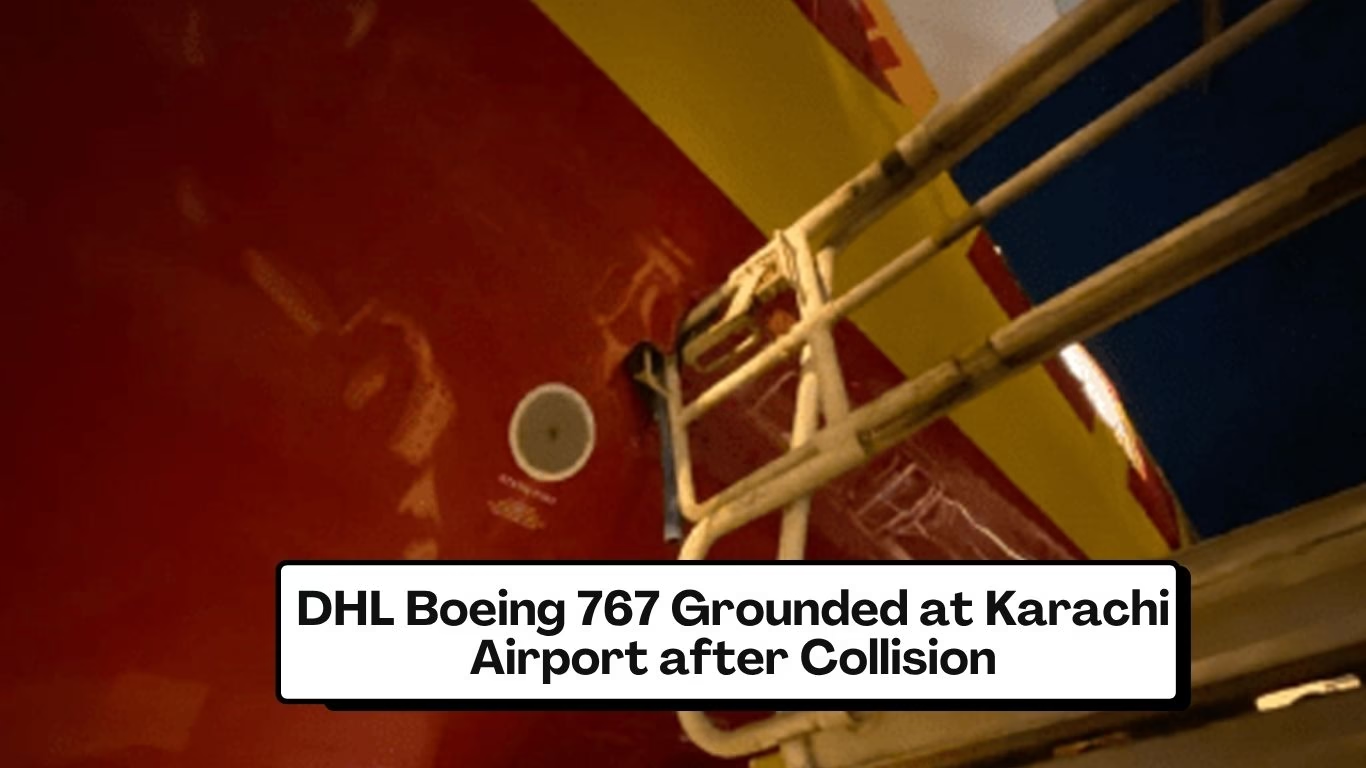

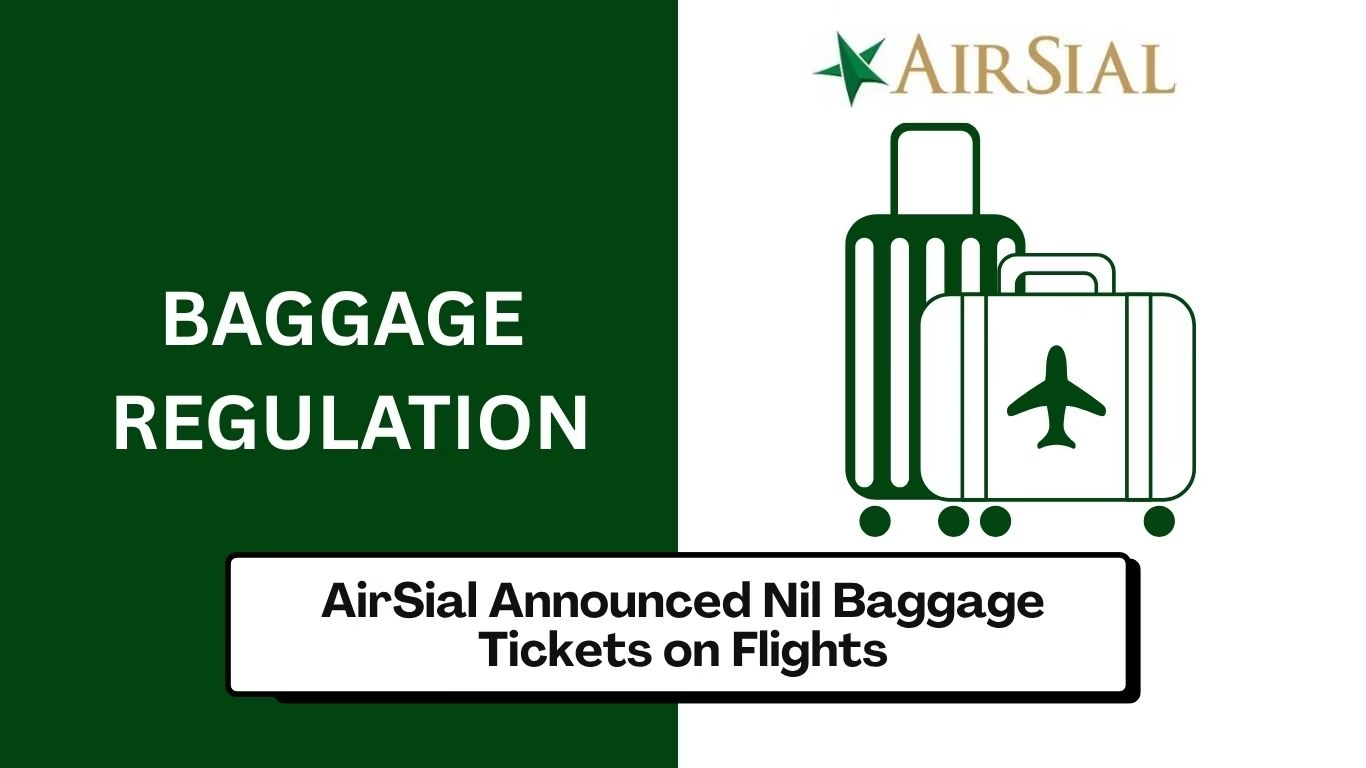

Leave a Reply